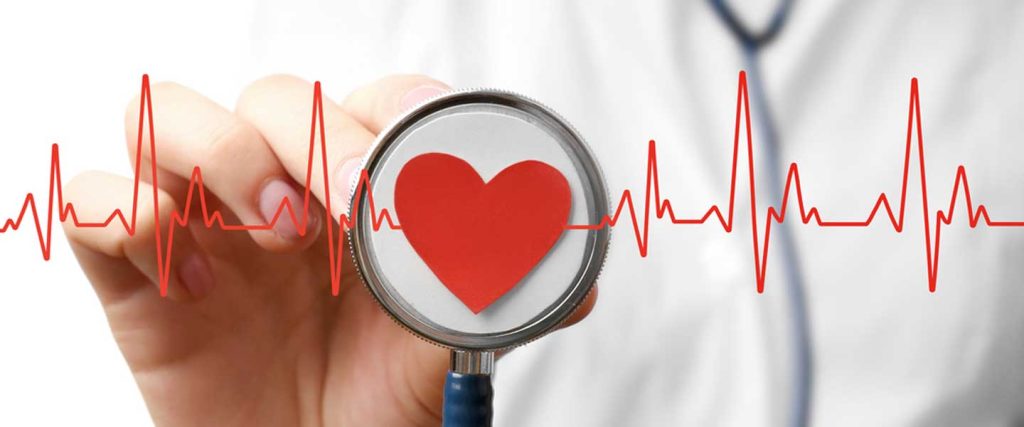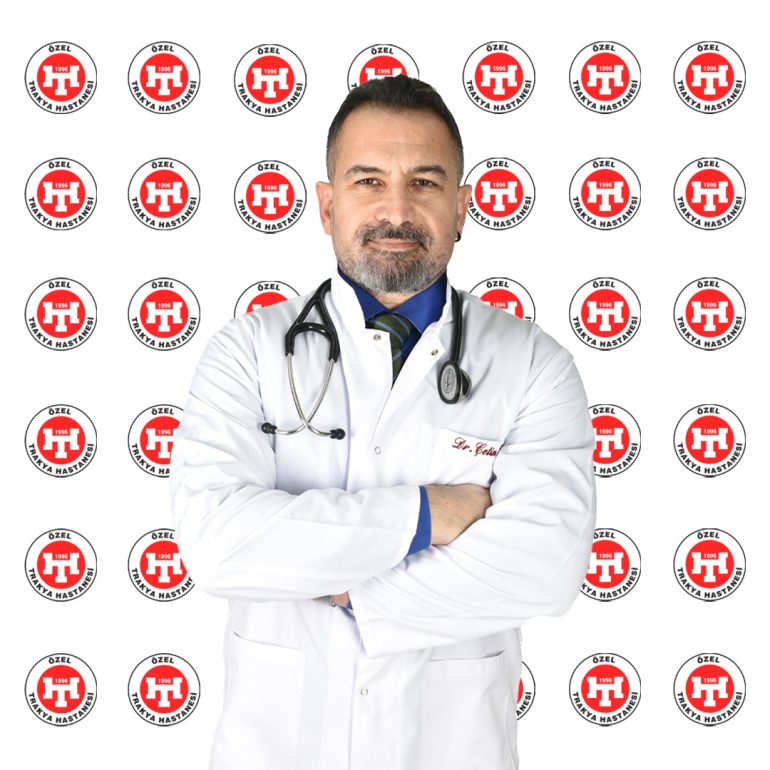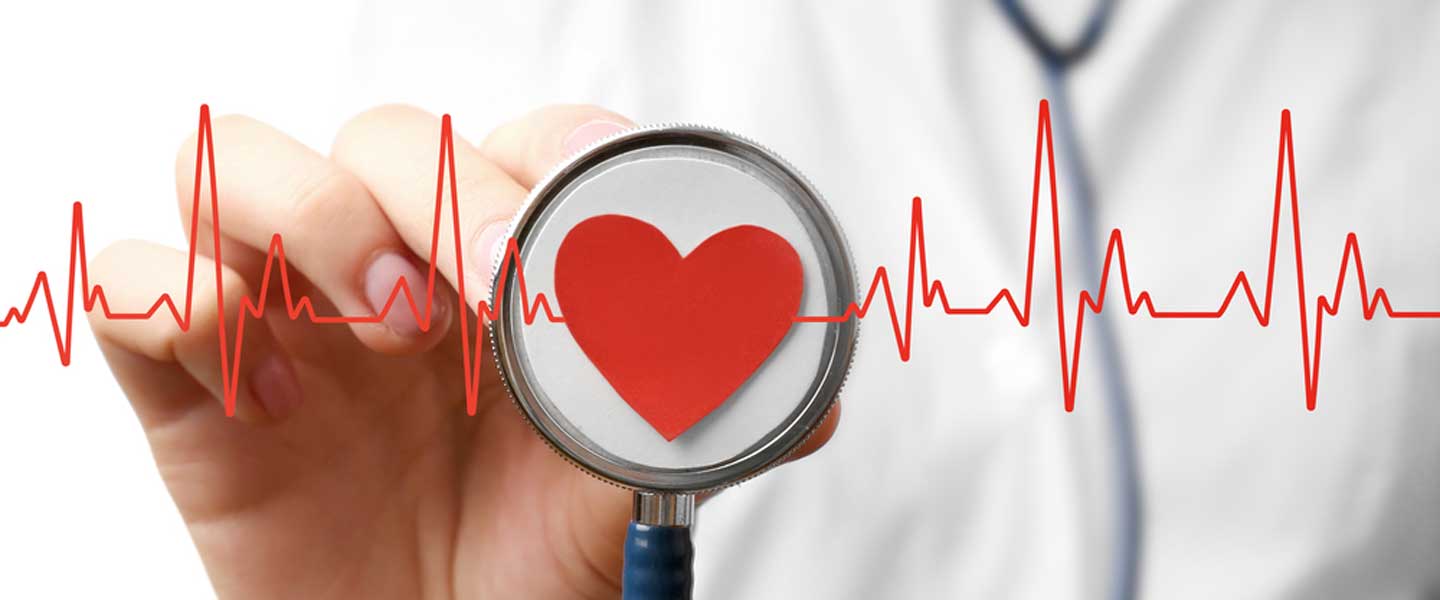CARDIOLOGY

The basic structural unit of the human body is cells. Cells come together to form tissues, tissues organs, and organs form body systems that regulate the body’s various physical and chemical events. All systems in the body work in harmony with each other to maintain vitality and stay healthy. The body has 7 systems: digestive, excretory, circulatory, nervous, respiratory, skeletal and reproductive. The skeletal system and muscles form the body’s movement system, allowing it to stand and move. Respiratory system takes the oxygen needed by the cells and expels the carbon dioxide; the digestive system makes the nutrients needed by the body available and presents them to the circulatory system; the circulatory system carries nutrients and oxygen to the cells and the wastes taken from the cells reach the excretory system; excretory system excretion of waste materials from the body; reproductive system ensures healthy reproduction.
What diseases does cardiology deal with?
The main job of the heart is to pump blood throughout the body. If the heart cannot pump enough blood for various reasons, heart failure occurs. Cardiology, especially heart failure;
Hypertension
Ischemic heart diseases
Atherosclerotic coronary artery disease
acute coronary syndrome
Angina pectoris
Triscuspid stenosis
Aortic insufficiency
Aortic stenosis
Mitral valve regurgitation
Mitral valve stenosis
myocardial infarction
Endocardial diseases
pulmonary insufficiency
Pulmonary stenosis
cardiomyopathy
acute myocarditis
Pericardial effusion
Pericardial tamponade
cardiac tumors
Primary tumors
Peripheral arterial diseases
cardiac arrest
Wolf Parkinson White Syndrome
cardiac arrhythmias
Atrial myxoma
It deals with diseases of the heart and circulatory system.
What are the symptoms in cardiology diseases?
Palpitation
Involuntary weight loss in some heart diseases
Generally, people with arterial disease have angina pectoris, or chest pain.
Dyspnea, i.e. breathing difficulties and nighttime urination, especially due to heart failure
Hemoptysis, i.e. vomiting blood, which occurs in problems with the heart valves
Orthopnea due to worsening breathing difficulty
Impotence problem
Syncope, or fainting, is one of the common cardiological symptoms.
Paroxysmal nocturnal dyspnea, which is the most characteristic symptom of heart failure, that is, shortness of breath that is severe enough to wake patients from sleep.
Diagnostic methods used in heart diseases
Electrocardiography (ECG): ECG, which is a non-invasive diagnostic method, is the recording of electrical activity in the heart. The recorded information gives information about the functioning of the heart muscle and neurotransmission system.
Exercise Test: As a result of the exercise test, which is used to detect coronary artery diseases and to determine their prevalence, the symptoms are evaluated and the severity of the disease is determined.
Holter ECG: It is a diagnostic method used in patients who need ECG recording longer than 24 hours.
Lung X-rays: Chest X-rays, which provide important information about the position of the heart and the cardiothoracic ratio, are one of the important diagnostic methods used in heart diseases.
Echocardiography (ECO): ECHO, which is used in the diagnosis of heart failure and heart valve disorders, enables the examination of the heart structure through a probe.
CT Coronary Angiography: CT coronary angiography applied in patients who cannot undergo coronary angiography is generally also used for screening purposes.
Cardiac Catheterization: With cardiac catheterization, which is a very important diagnostic method in the diagnosis of coronary artery diseases and valve diseases, a biopsy is taken from the heart in invasive ways and the pressures of the heart chambers can be measured.
Myocardial Perfusion Scintigraphy: The diagnostic method using gamma rays is radio nuclear imaging technique.
OUR DOCTORS






